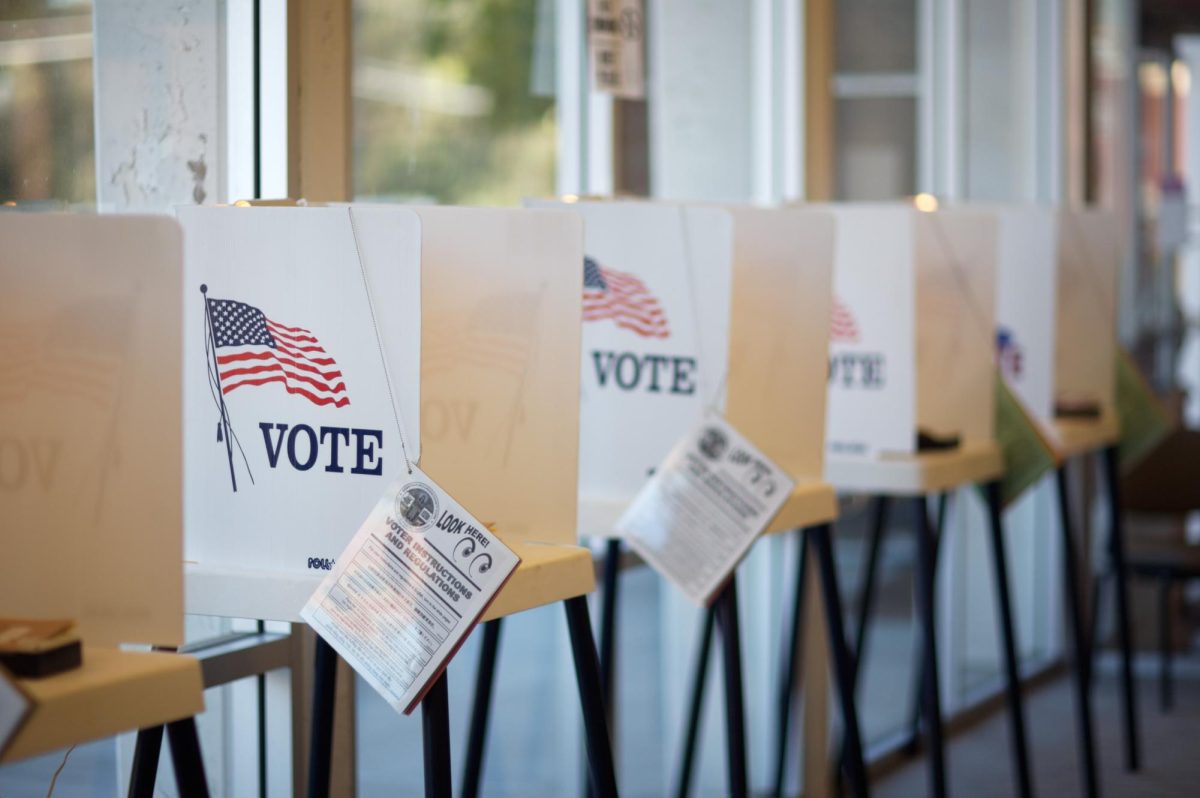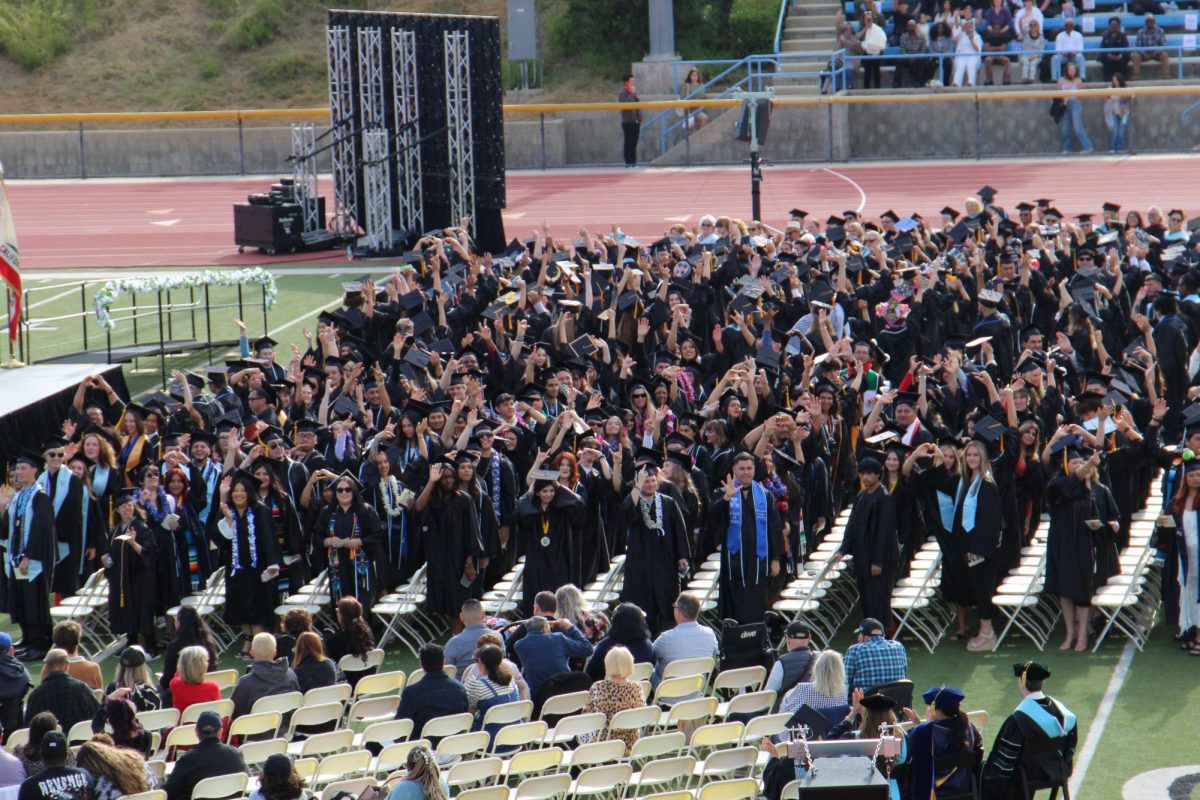Students filled the classroom in seats, along the walls and on the floor for the presentation of “Cultural Value Differences Between Deaf and Hearing,” led by Susan DeSantis, American Sign Language instructor (ASL).
The discussion began with a handout, which covered three scenarios, each, ending in the question, “What do you do?” DeSantis dissected the scenarios into what a hearing-impaired individual would do in that scenario.
DeSantis described the Deaf culture as open individuals who share everything with one another and take care of each other.
“One for all and all for one,” said DeSantis.
She continued if you are not open, people might feel hurt or insulted by your privacy.
A video shown during the presentation, “See what I mean: Differences between hearing and Deaf cultures,” states that hearing cultures are more individualistic, where they think of themselves rather than the group.
“My right, my needs, my ego,” said DeSanits who explained further the hearing culture.
The video went on to explain the differences of how hearing and deaf individuals interact with one another in society. Things such as work, school, gestures and directness are all completely different from one another.
Criticism and feedback for instance, is taken as helpful in the Deaf culture and they follow the statement, “If you can see it, you can comment on it,” as stated in the video. But in the hearing culture, criticism is seen as rude and often holds back on our opinions.
We can learn from this lecture to show emotion for others, put away our self-serve attitude and help one another survive.






